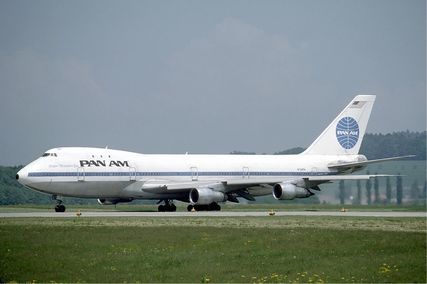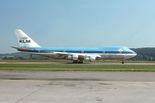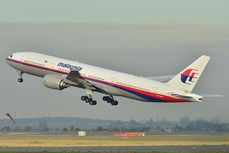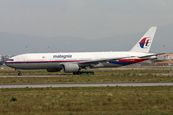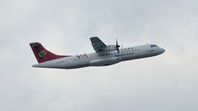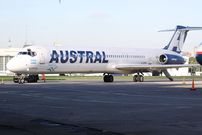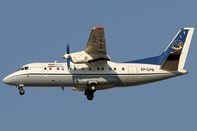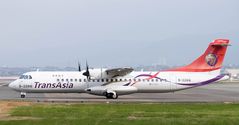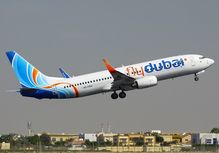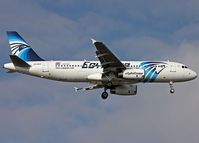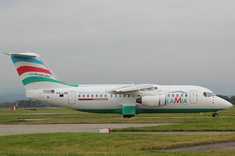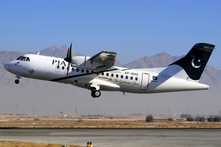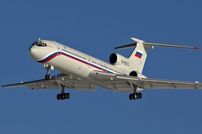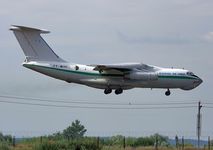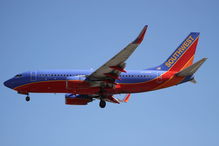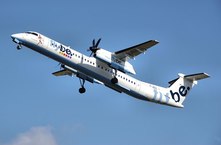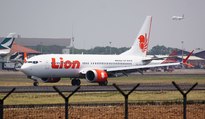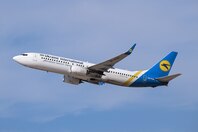|
This post and/or page contains affiliate links,
at no additional cost to you I am compensated only if you purchase after clicking on the links. |
|
|
"Why Book a Rental Car with Auto Europe? Always a Smooth Rental Experience. At Auto Europe we understand that a trip to Europe is an opportunity to create a lifetime of memories and the last thing you want is to have those memories interrupted by trouble with your rental car. This is why everything we do-from the way we train our customer service agents, to the care we take when selecting the car rental companies we work with-is designed to ensure that when you book your car with Auto Europe your trip will be smooth, enjoyable and hassle free. For over 60 years Auto Europe has been going above and beyond for our clients. Our commitment to transparency and service has made Auto Europe a trusted name and European travel industry leader. No matter where your journey takes you, Auto Europe and our partners can help get you there. With over 20,000 convenient pick-up locations situated throughout the world, we are your best choice for car rentals in Europe and worldwide."
|
|
This post and/or page contains affiliate links,
at no additional cost to you I am compensated only if you purchase after clicking on the links. |
ClassicShoppes.us
~Where Class & Distinction Meets~
~Where Class & Distinction Meets~

